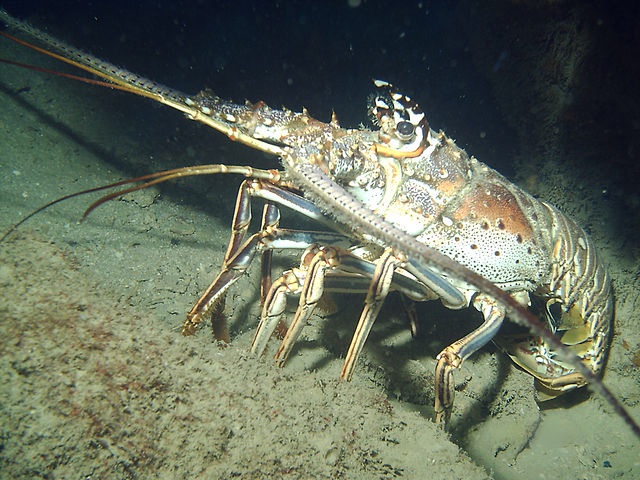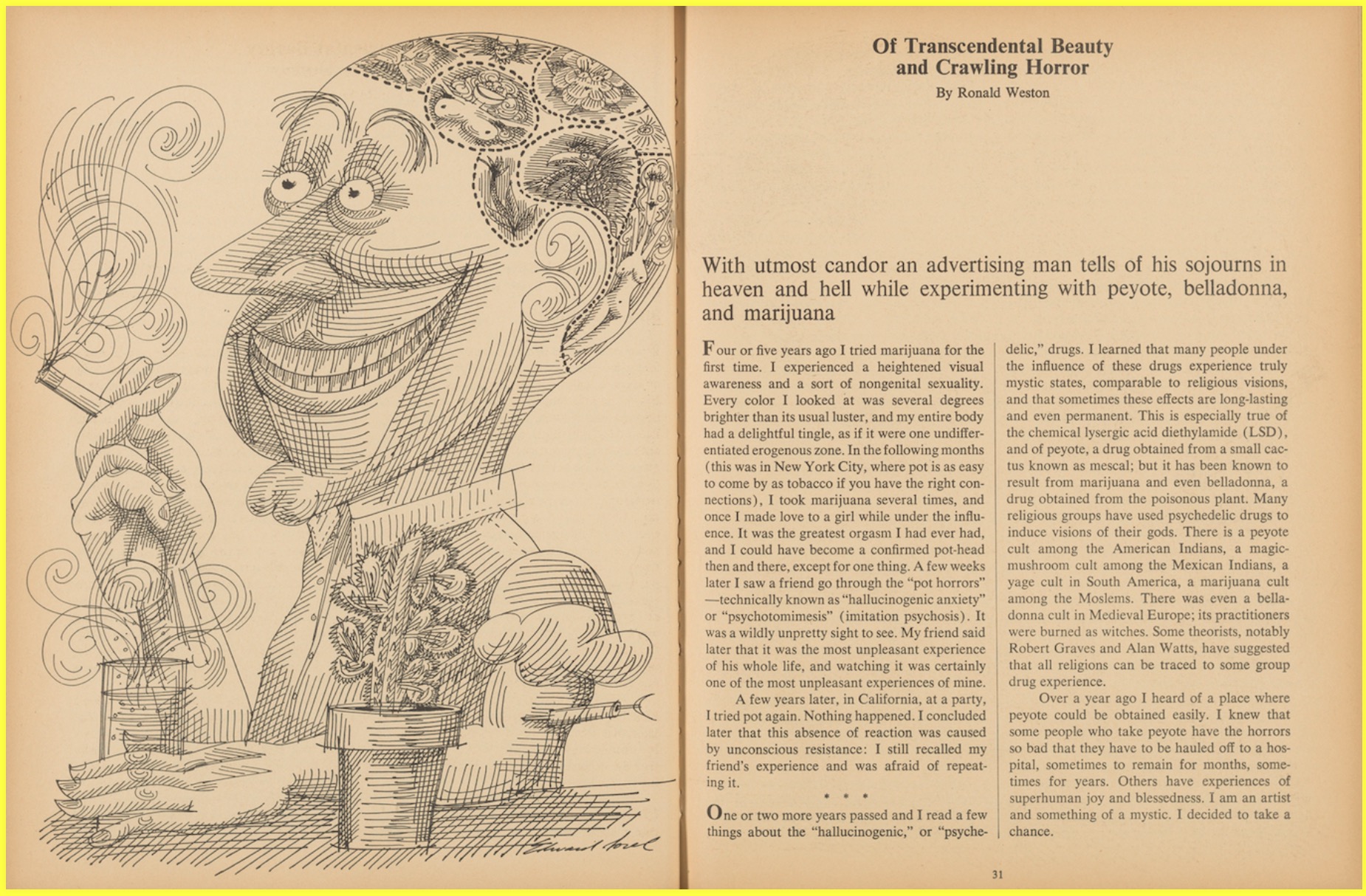via the OUP Blog by Charis Edworthy

Woman Sitting on Bench by Tranmautritam, CC0 via Pexels
Throughout history women have struggled against adversity in order to enable future generations of women to have a greater freedom of choice. Though history favours the warriors, monarchs, and rebels, female pacifists and mediators behind the scenes were just as vital in the fight for equality. Female peacemakers are among those women who have made a substantial impact on the world, yet between 1990 and 2017 women represented only 2% of mediators and 8% of negotiators in major peace processes, despite the importance of women’s input in policy-related decisions.
In celebration of women committed to peace, here are four women from history who supported pacifism or who fought for women’s equality through nonviolent methods.
Continue reading
==============================
via Interesting Literature
In this week’s Dispatches from The Secret Library, Dr Oliver Tearle dusts off the half-forgotten science-fiction stories of John Wyndham

A good many of the books that feature in this weekly Friday column are found in charity shops while I’m looking for something else. So it was with this week’s featured book, or rather pile of books, by John Wyndham, who has been called the most successful British science-fiction writer after H. G. Wells. In his lifetime, Wyndham was a bestselling novelist. How many people read his novels and short stories now, I wonder?
Continue reading
==============================
A tiny grain found within a meteorite in Antarctica sheds light on how the solar system itself came to be.
via the Big Think blog by Matt Davis
- Researchers cut open a small meteorite found in the LaPaz icefield in Antarctica to uncover a very surprising find.
- Inside this meteorite was a small inclusion that they determined came directly from the nova of a white dwarf to Earth.
- By studying the inclusion's composition, researchers were able to glean new insights into the thermodynamics of white dwarf novae, ultimately shedding light onto how solar systems like ours formed.
==============================
via Ancient Origins

Representation of the cave art discovered in Balkans. (Drbug / Public Domain )
There was an explosion of symbolism in human culture during the Paleolithic period. Around the world, examples of cave art, some of it rather strange , began cropping up over 35,000 years ago. But some locations have been more willing to share their prehistoric artwork than others. One place where Paleolithic cave art is still relatively unknown, and thus highly valued, is the Balkans . It is there that an international team led by an archaeologist from the University of Southampton and the University of Bordeaux has finally unearthed the first example of Paleolithic figurative cave art in the region.
Dr. Aitor Ruiz-Redondo worked with researchers from the universities of Cantabria (Spain), Newfoundland (Canada), Zagreb (Croatia) and the Archaeological Museum of Istria (Croatia) to study the paintings, which could be up to 34,000 years old.
Continue reading
==============================
via Boing Boing by Mark Frauenfelder
I-Wei Huang (aka Crabfu) makes all sorts of cool steam-powered mini-robots. In this video, he explains how he made a walking robot.
==============================
via The Royal Society: The Repository by Jon Bushell

John Hugh Westcott’s sketch of a radar display (from MS/858)
You may have missed the recent anniversary [26 February 2019] of the Daventry Experiment, the first successful test of radar technology in the UK. This prompted me to have a scan through our catalogue to see what I could discover about the early days of radar development. Quite a lot, as it turns out!
Continue reading
==============================
via Interesting Literature
In this week’s Dispatches from The Secret Library, Dr Oliver Tearle applauds the 1890s short stories featuring an early female detective
The name Catherine Louisa Pirkis is relatively unknown now, but Pirkis left two legacies of interest. The first arose out of her animal charity work: with her husband, Pirkis was one of the founders of the National Canine Defence League in 1891. This is undoubtedly a worthwhile legacy in itself, but it’s the second legacy of C. L. Pirkis which concerns us here: her small but nonetheless notable contribution to detective fiction.
Continue reading
==============================
via About History
Reminiscent of the art of Bruegel but since About History does not attribute its images I do not know whether it is by the master or simply "of the age".
The Great Famine of 1315–1317 (sometimes the period of 1315–1322 is given) is the first in a series of large-scale disasters of the late Middle Ages that befell Europe at the beginning of the XIV century. The great famine caused millions of deaths (according to estimates, around 10 to 25% of the urban population died) and marked the end of the previous period of growth and prosperity of the 11th — 13th centuries. It covered almost the whole of Northern Europe – the current territory of Ireland, Great Britain, France, Scandinavia, the Netherlands, Germany and Poland. Europe south of the Alps (Italy) and the Pyrenees (Southern Spain), as well as lands east of the Kingdom of Poland and much of Byzantium avoided this disaster.
Continue reading
==============================
via The National Archives Blog by Anne-Sophie Grollemund

An innocent Spiny Lobster (image: Wikimedia Commons)
Diving deep in the archive, you can find some stories which really stand out. Looking at Foreign Office papers about the relations between France and the United Kingdom, one particular item caught my attention. The main title was: ‘Lobster fishing dispute with Brazil’. I couldn’t resist opening it, and I discovered how a simple fishing incident could escalate into a territorial dispute between two countries and become an international issue.
To understand how the whole dispute evolved so quickly from a local incident into a serious matter, you have to look back at the relations between Brazil and France at the end of the 1950s.
Continue reading
A fascinating story and well within living memory for many people although I have to admit to ignorance and blame pregnancy and then the birth of my first child for my lack of knowledge of a war about lobsters!
==============================
via Boing Boing by Mark Frauenfelder

In 1963 Attorney General Robert Kennedy prosecuted Eros magazine publisher Ralph Ginzburg for violating federal obscenity laws when Eros ran 8-pages of photos of a naked black man and naked white woman embracing each other (see page 72 of the fourth and final issue of Eros). After a long trial, which went to the Supreme Court, Ginzburg was found guilty and in 1972 was sent to federal prison. He was released on parole eight months later. (Arthur Miller said of the conviction, a man is going to prison for publishing and advertising stuff a few years ago that today would hardly raise an eyebrow in your dentist's office.")
Continue reading
No comments:
Post a Comment